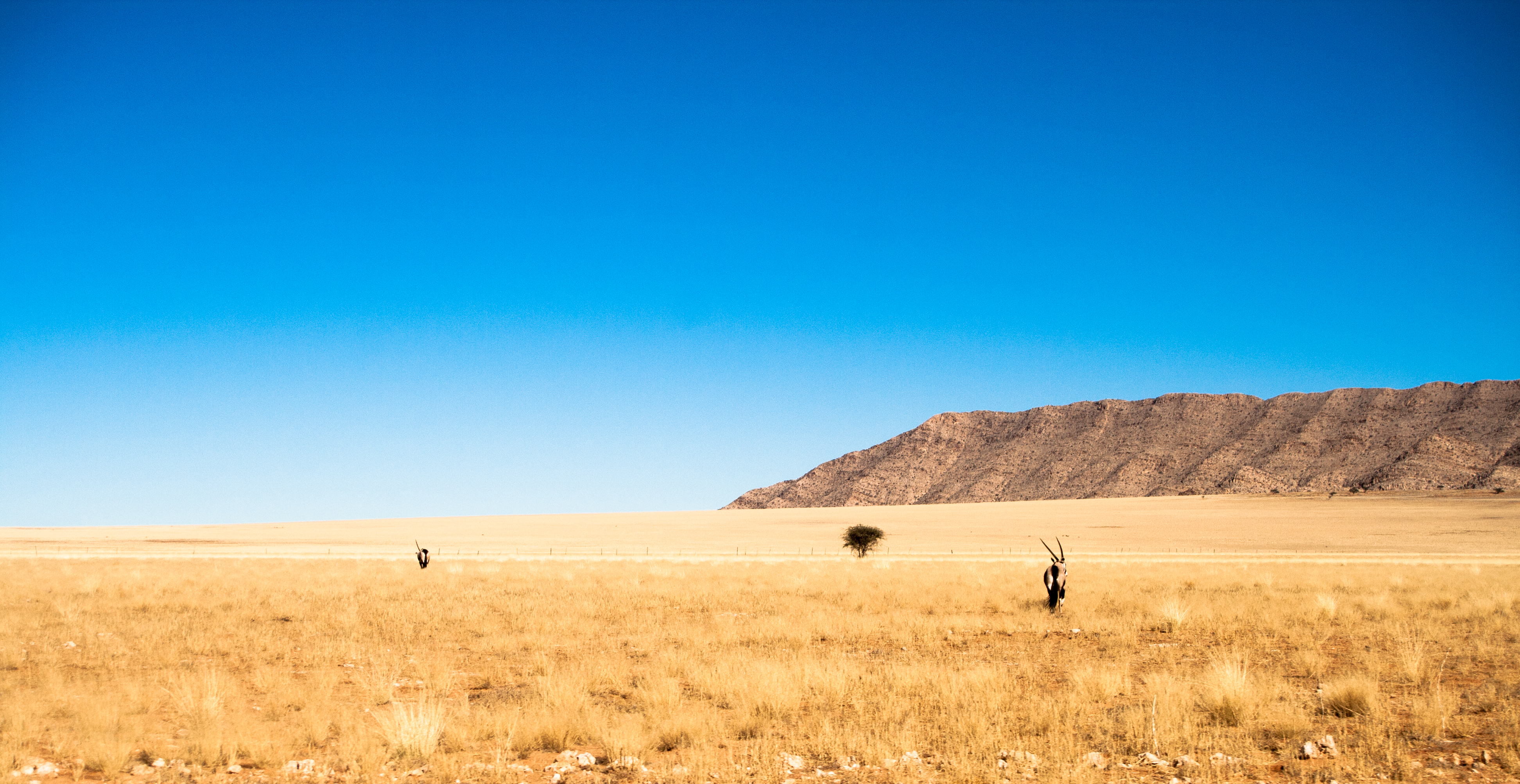
Until last January, I had never heard the word “Ediacaran” in my life. Nor could I reliably point out to you where the country Namibia is on a map. Despite that, I spent all of June and July in Namibia as a field assistant for a geosciences graduate student, Akshay Mehra, who is studying what could be some of the first animals who inhabited the earth during the end of the Ediacaran period.
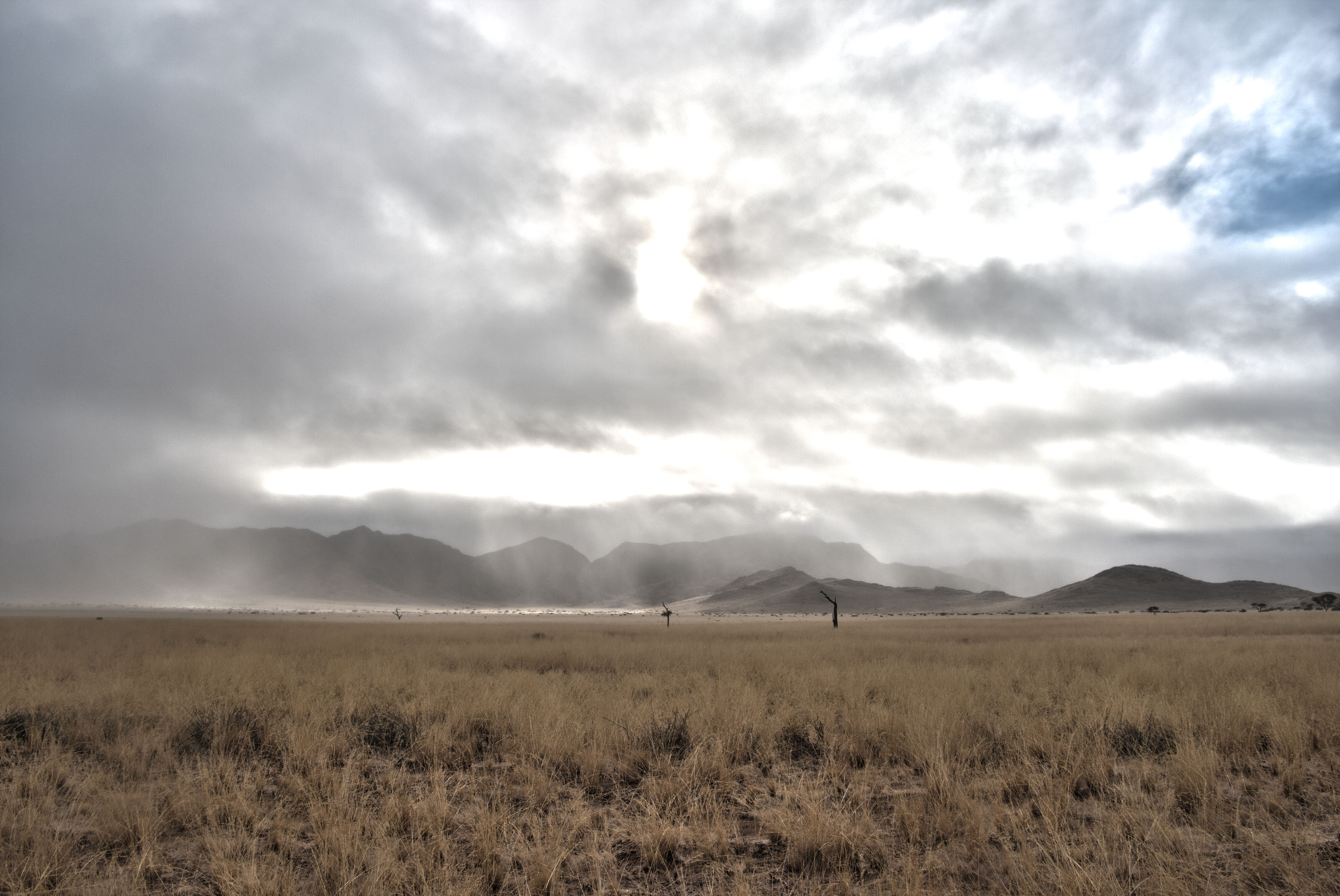
The adventure began far before leaving the US. I had never spent two months living out of a tent, so I got to buy some of my first “serious” camping gear: a tent and sleeping bag. Beyond that, preparation was mostly mental. The other field assistant, Ray, and I met with Akshay weekly to read about the object of our research, a baffling set of biota extant immediately prior to the Cambrian Explosion. The Cambrian Explosion, dated at around 542 million years ago, marks the appearance and proliferation of animals in the world, so the Ediacaran biota were the immediate predecessors to all animal life, a huge link in the evolutionary chain.
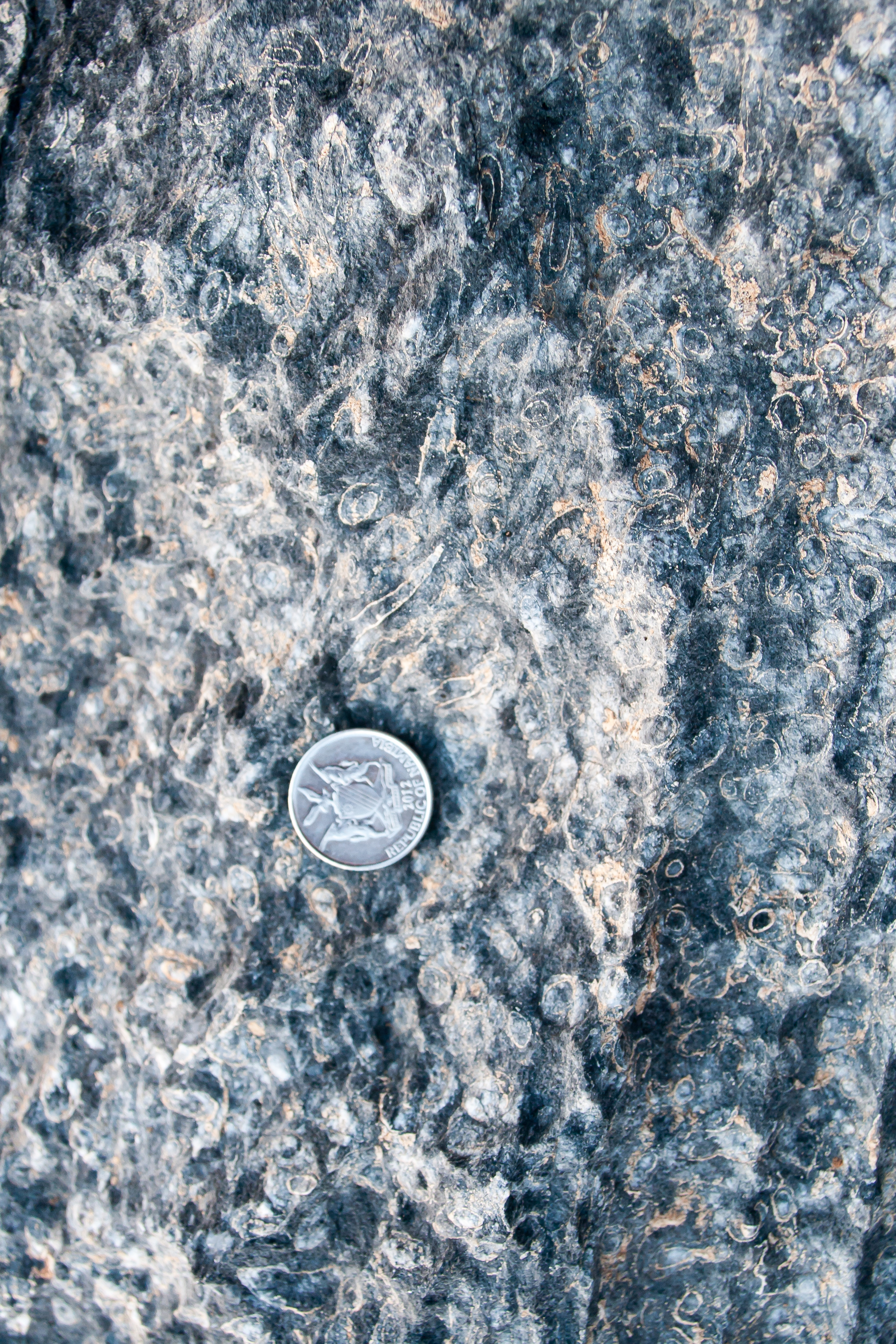
The problem with studying 540-million-year-old organisms is that they don’t age well. Fortunately, the organism Akshay is studying, Cloudina, was one of the first bio-mineralizing organisms, meaning that it produced a carbonate shell that preserves itself decently. In fact, Cloudina lived in or very close to ancient reefs, and all of our fieldwork focused on studying Cloudina within these reefs.
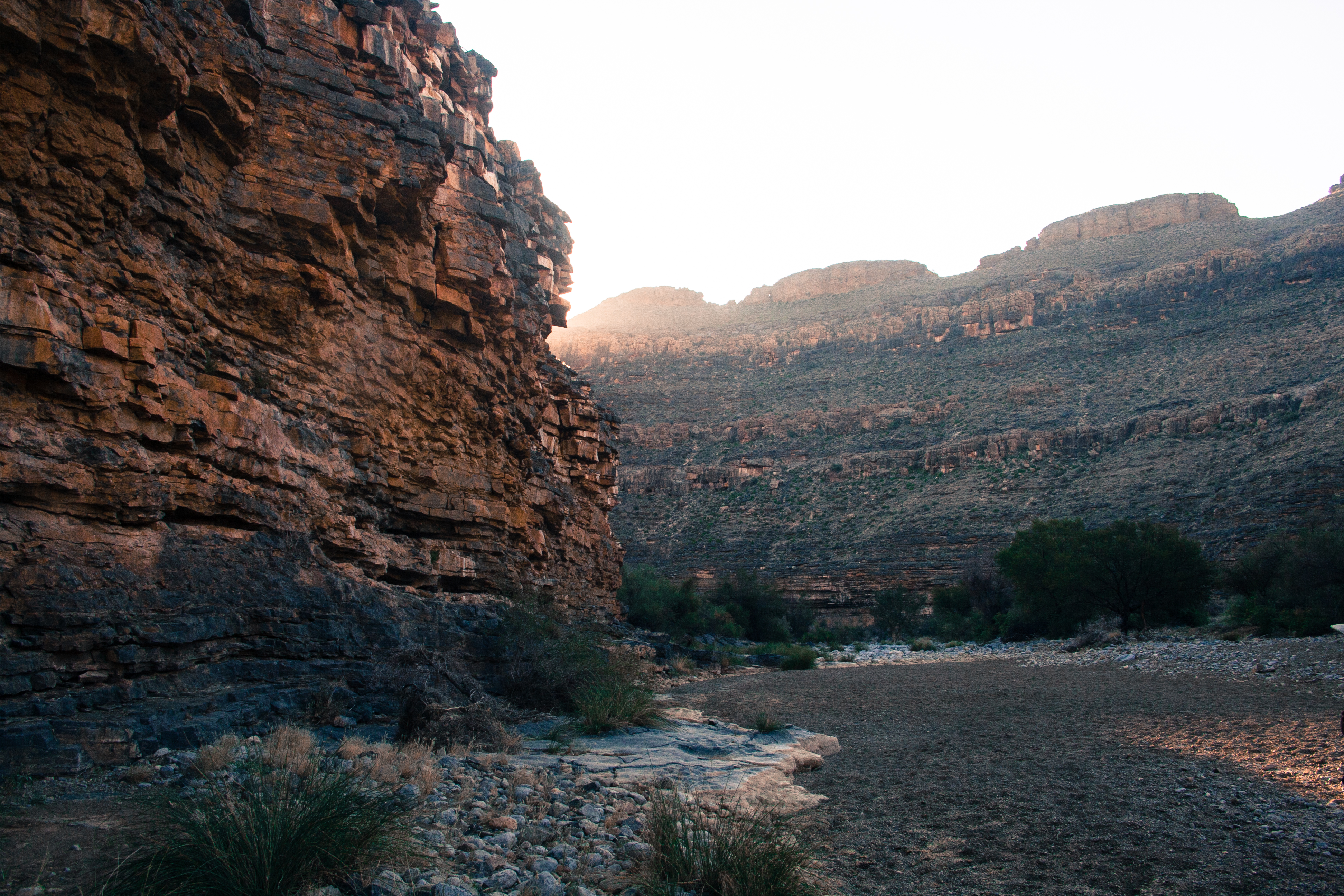
Enter Namibia: a country whose name literally means desert, and whose population density is the second lowest in the world (after Mongolia). About 540 million years ago, most of Namibia was coastal or under water, a perfect environment for these ancient reefs. Nowadays though, the ancient ocean floor is a sea of yellow grasses and acacia trees, deceptively lush in defiance of its official label: “desert”.
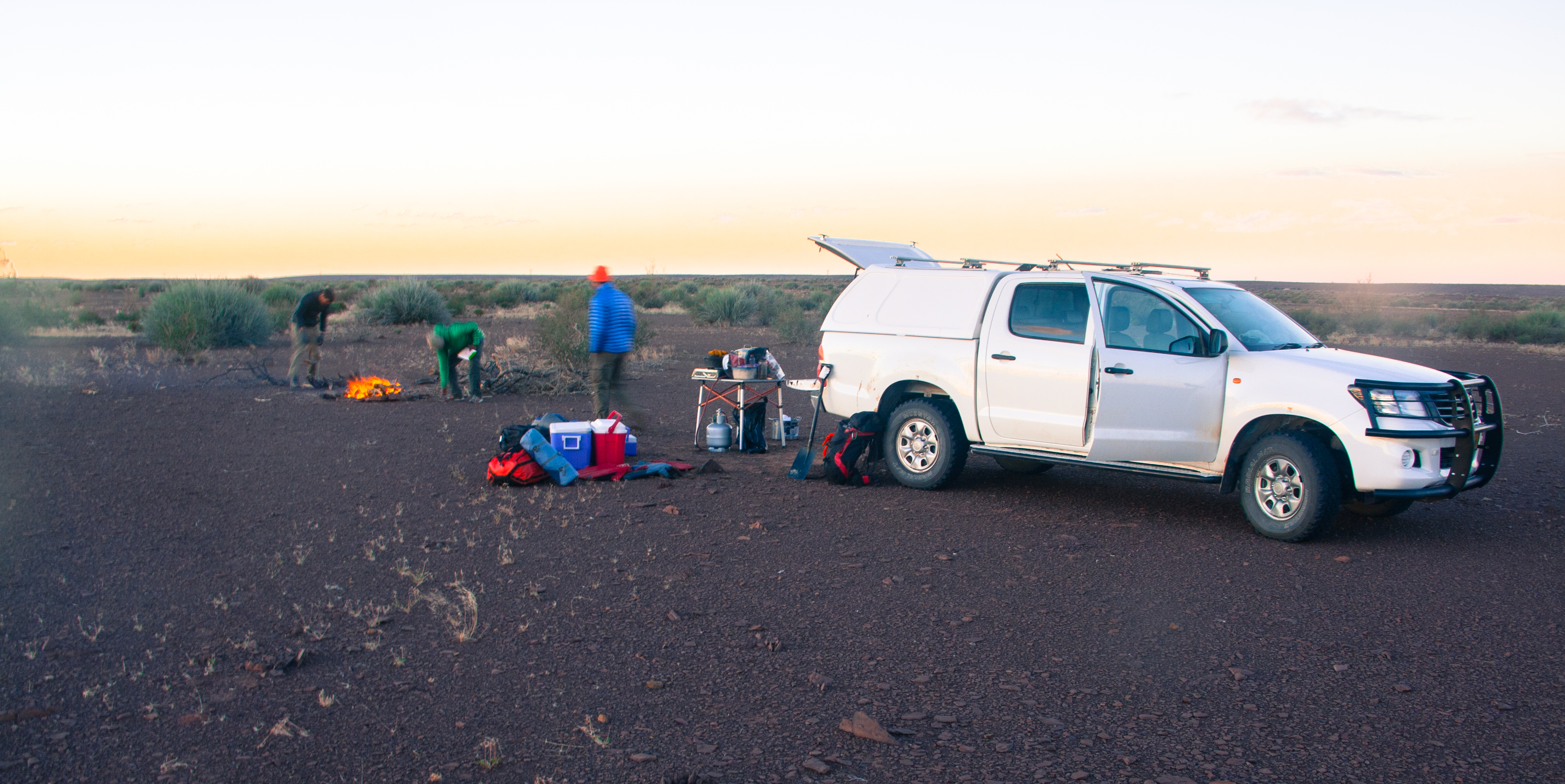
Our two-month field season was split into essentially two unbroken three-week excursions into the bush. We took all of our food and water with us each time, living out of tents and the back of our Toyota Hilux. It turns out that after about 10 days without a shower, you reach an equilibrium point (maybe an entirely psychological one) where you just don’t get dirtier, and your skin has trapped enough dust in its oil to the point that sunscreen is redundant.
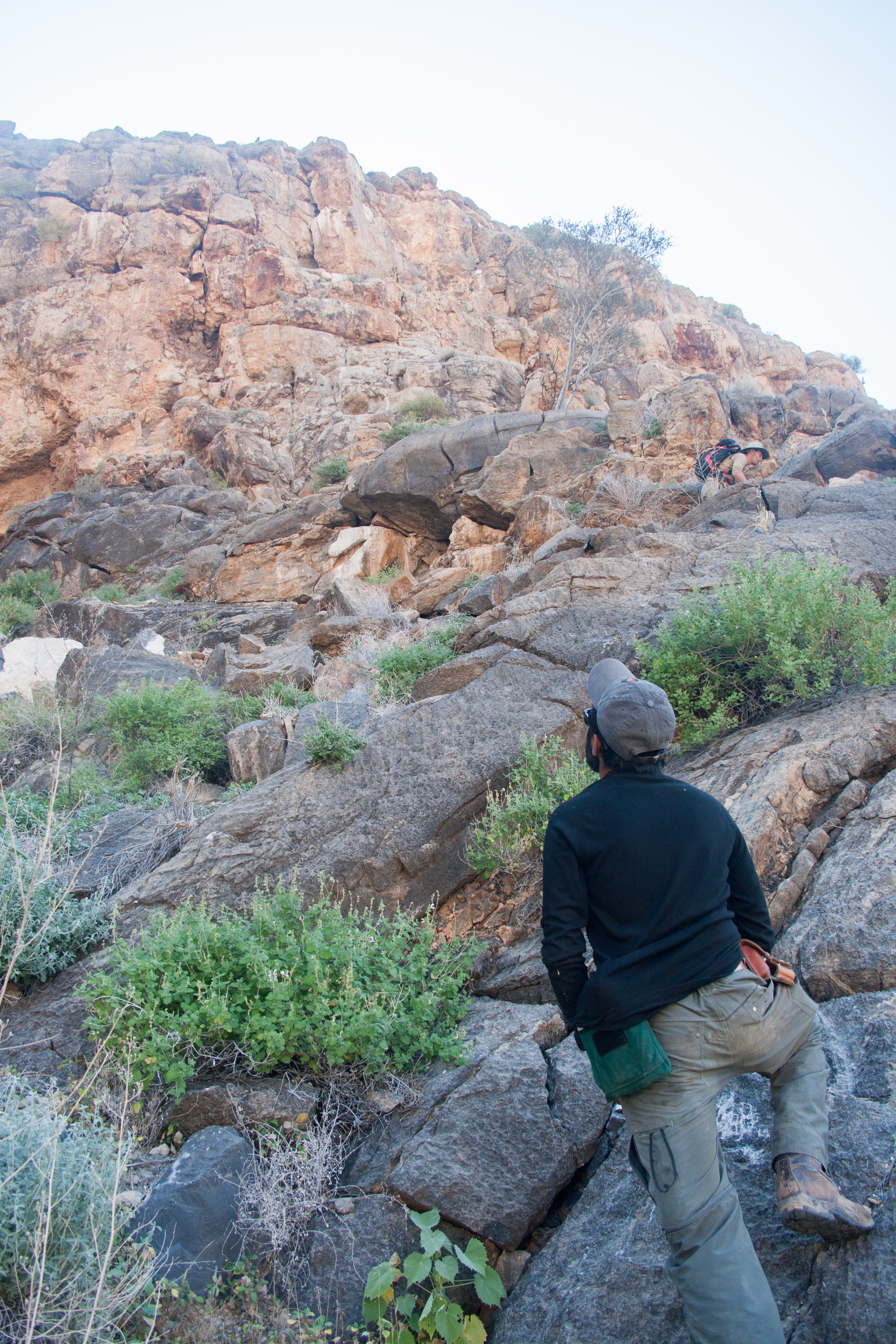
Our days were spent climbing up mountains with daypacks, mapping out layers of ancient marine sediment and, when we ran into ancient reefs, studying them in detail and taking samples of Cloudina to bring back to Princeton. On occasion, we would encounter an intimidating troop of baboons, but the most treacherous aspect of our work was climbing back down talus slopes with 30-50 lbs. of samples in our packs.
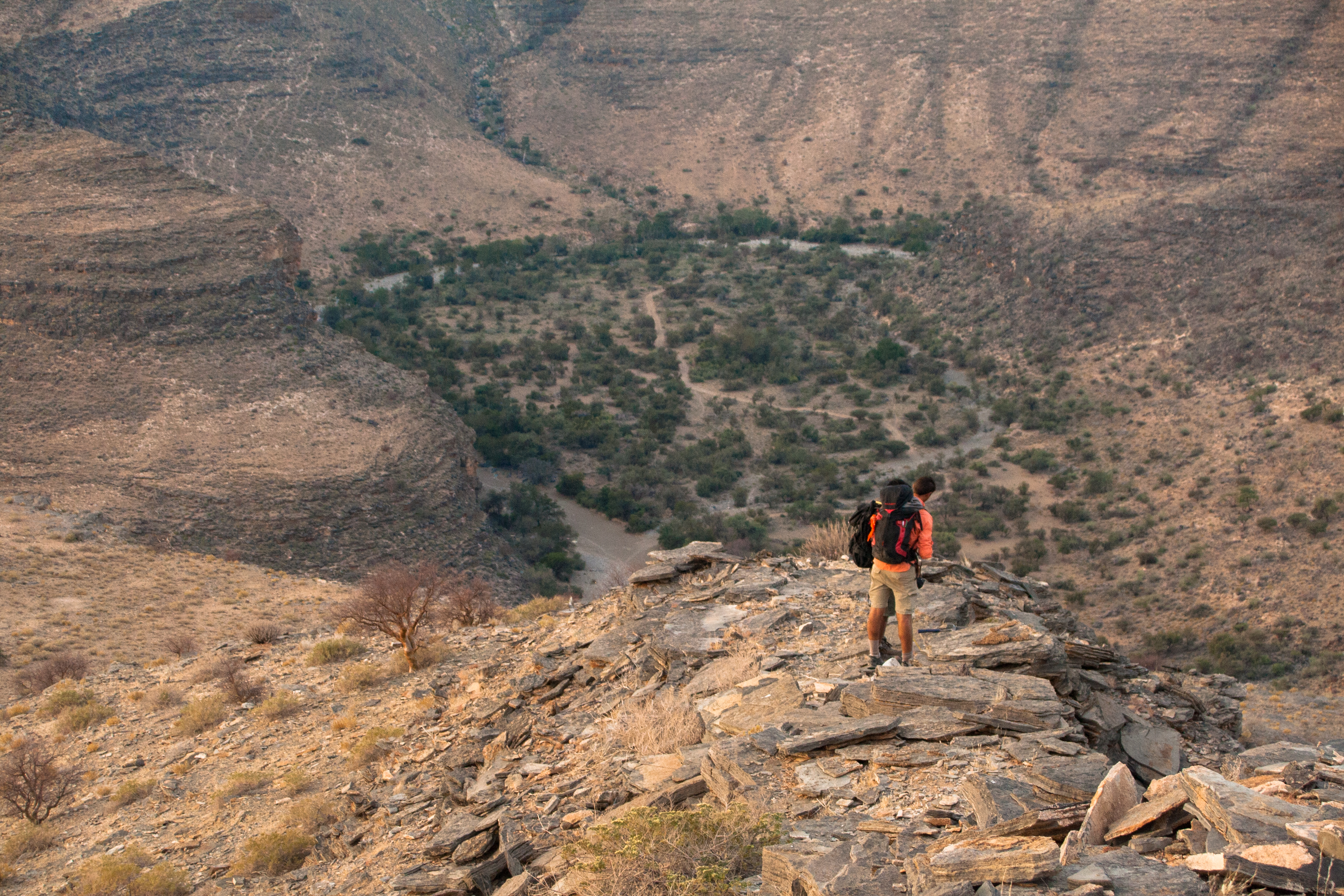
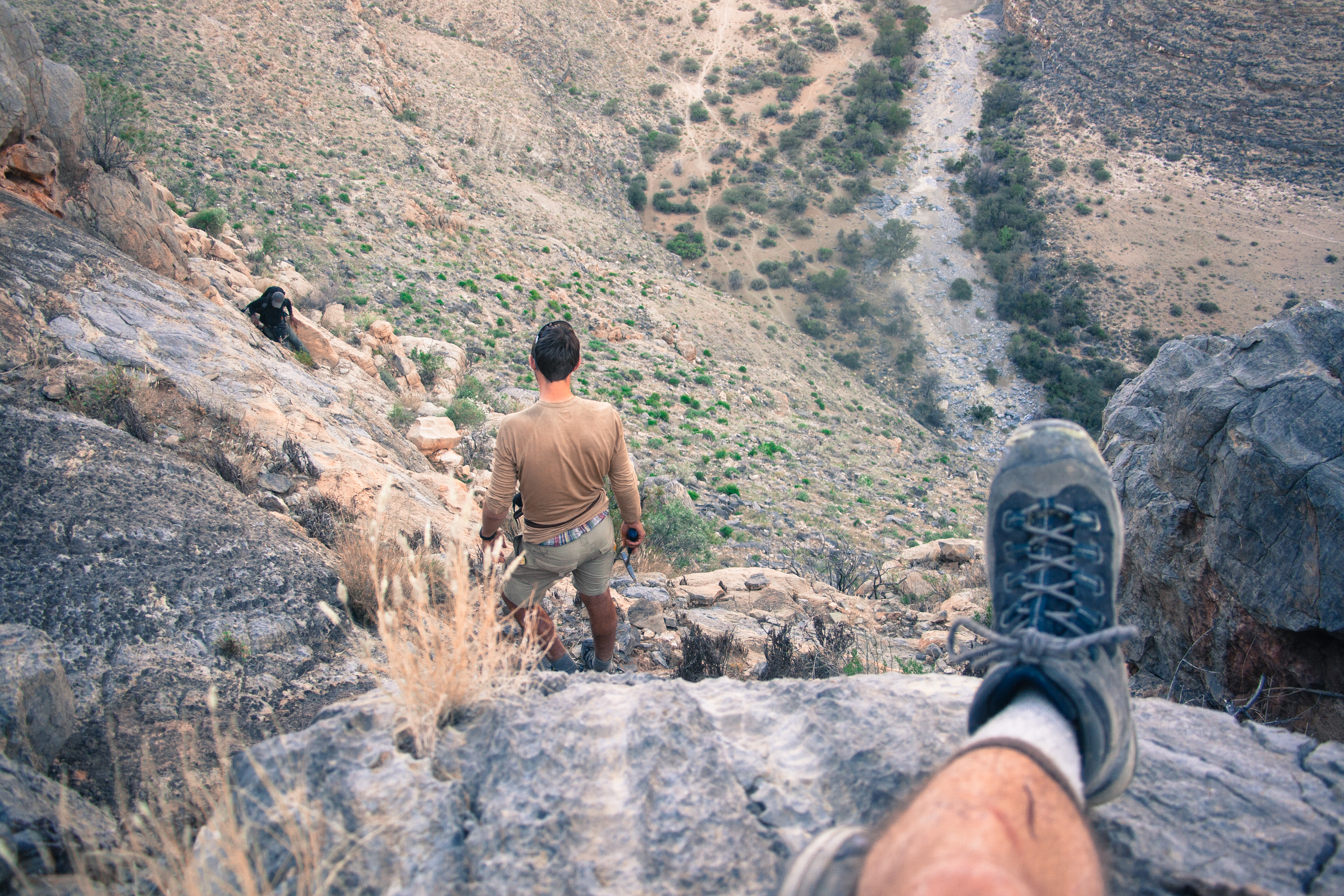
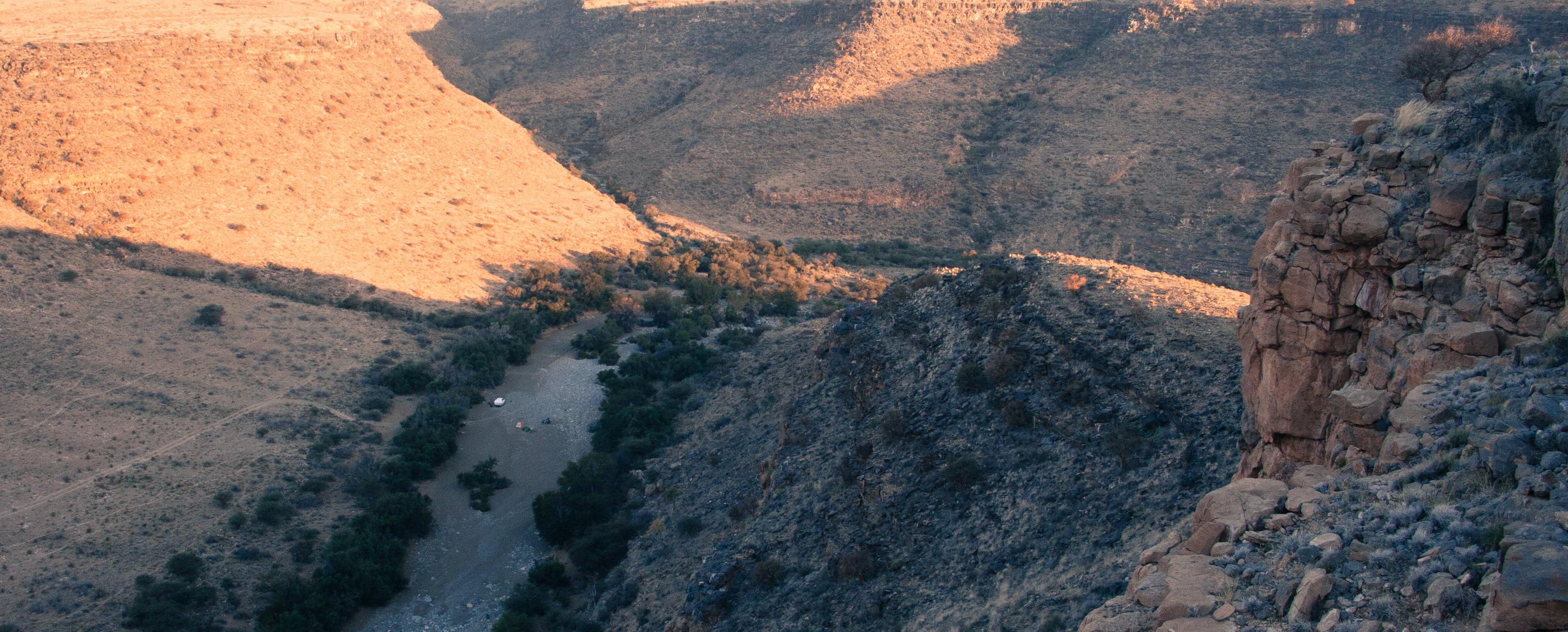
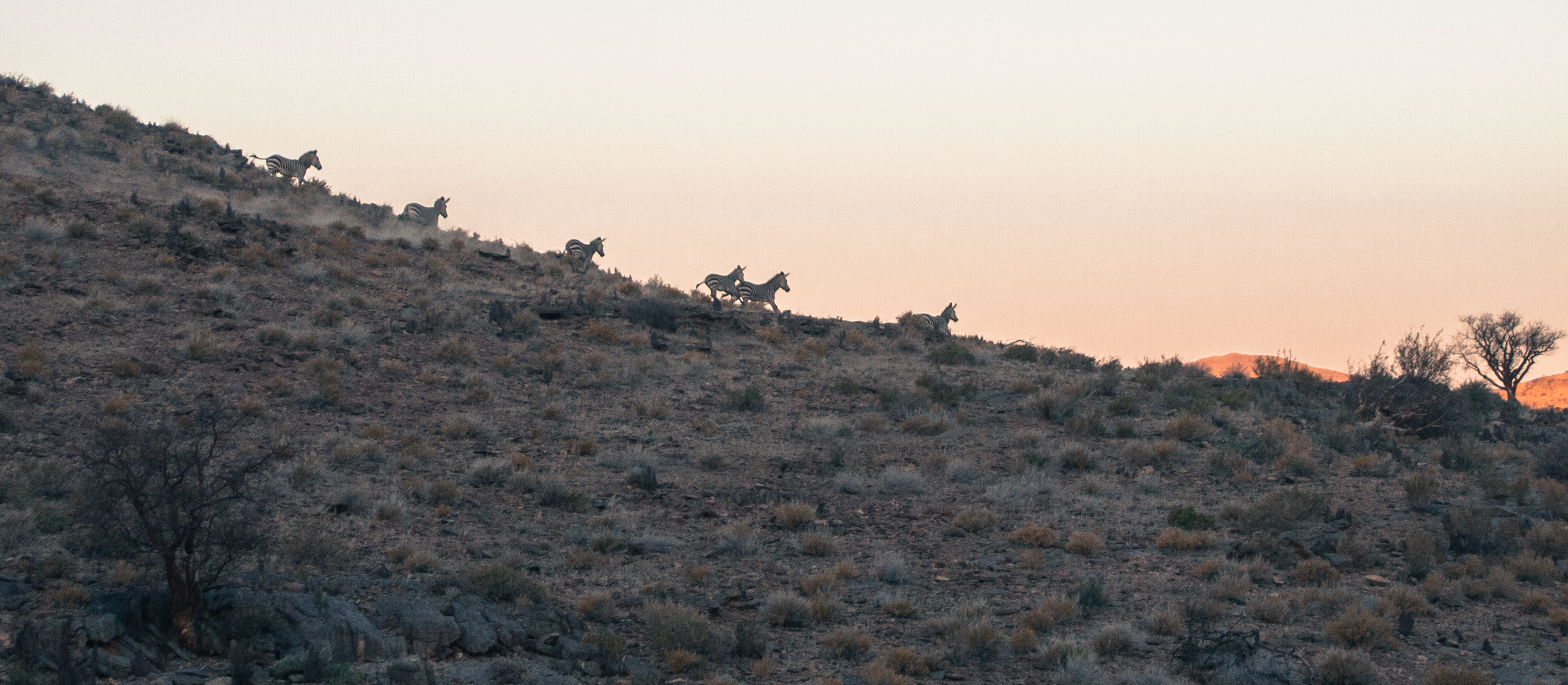
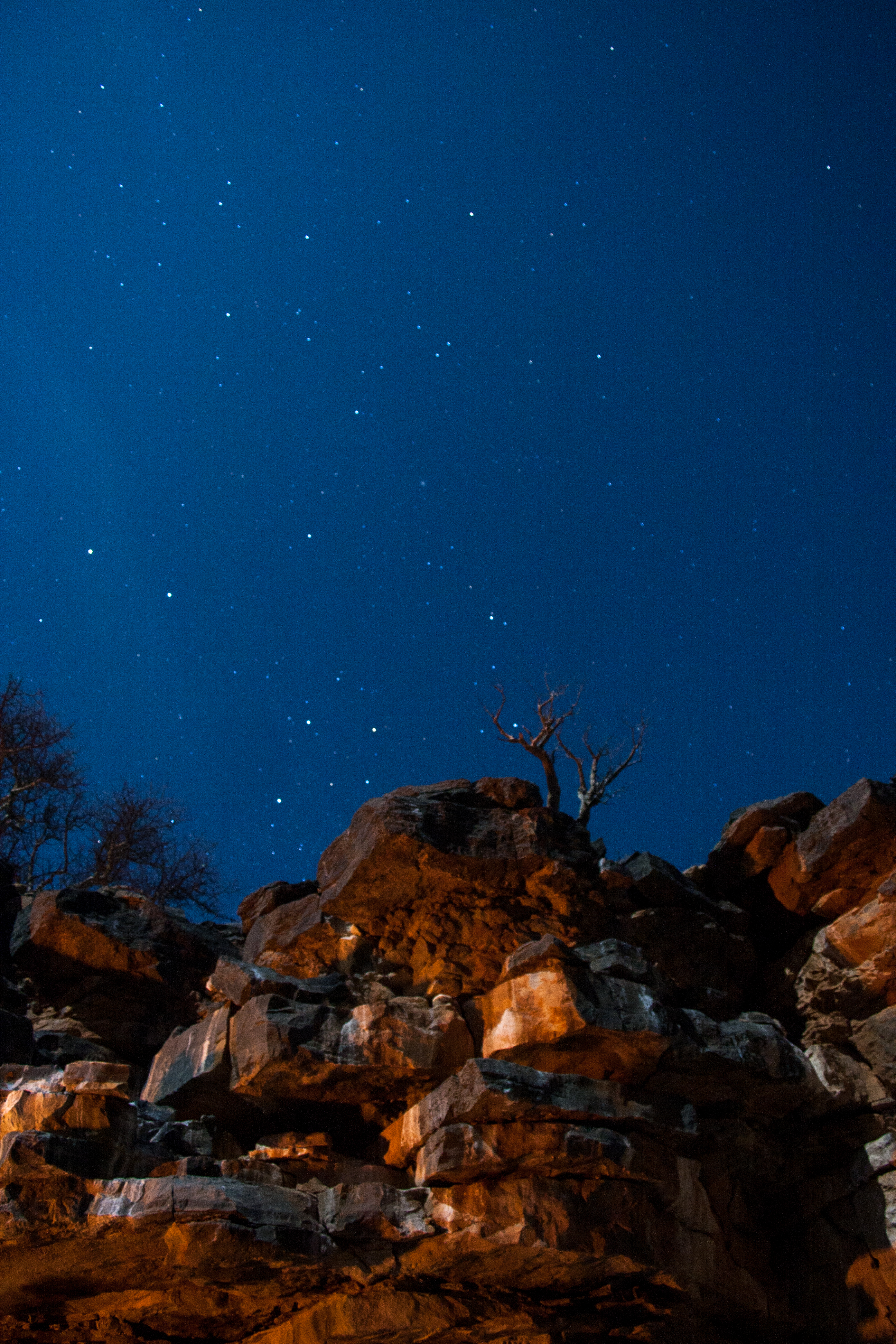
Luckily, we threw in some “rest” days, during which we flew the drone. Oh yeah, we also had a drone. Part of our project was to use the drone to take high-resolution aerial imagery of the areas we mapped and sampled from and then process the photos to create a three-dimensional model of the terrain, with up to four centimeter precision.
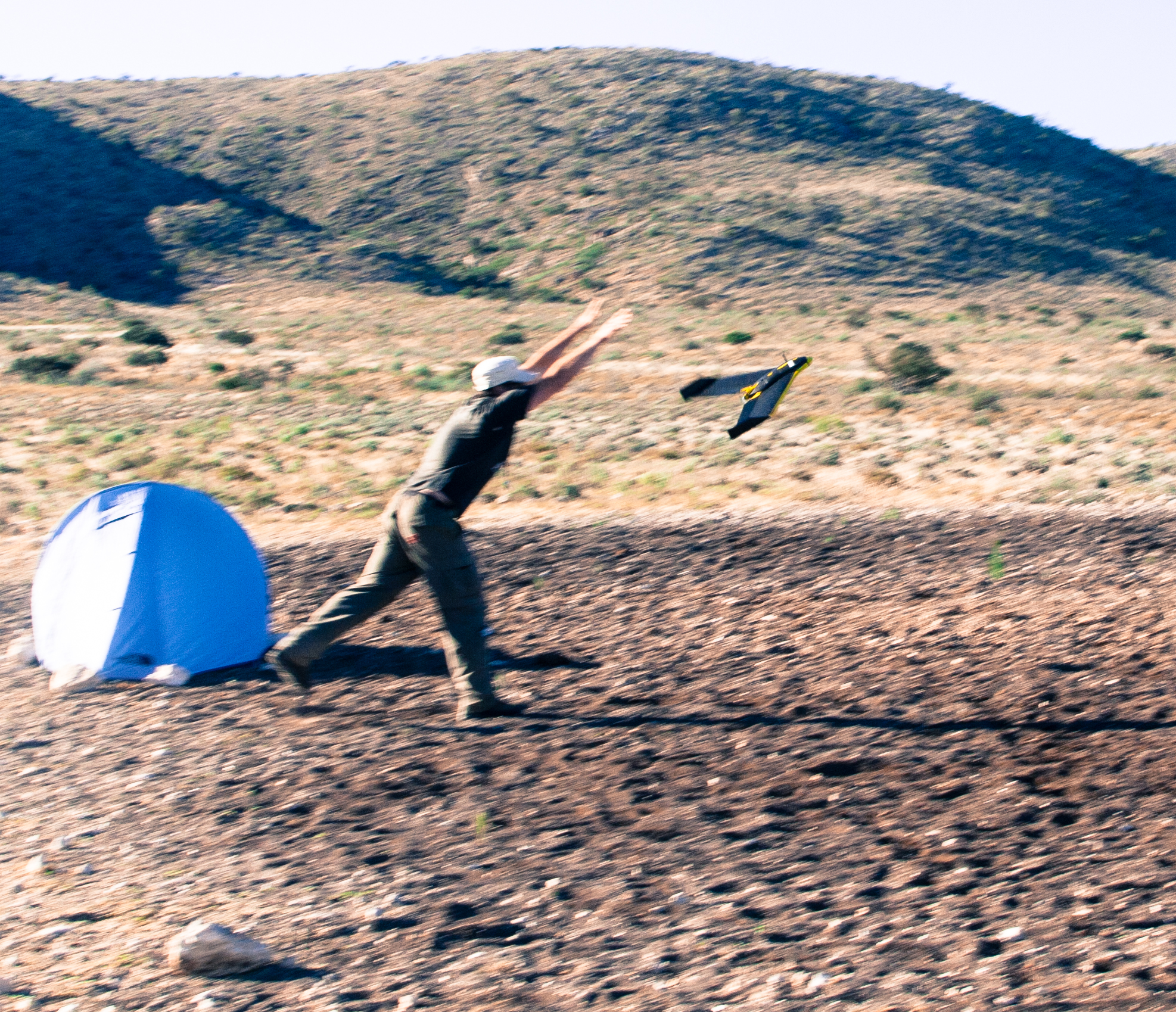
In the end, we collected almost 1,600 lbs. of samples, and almost a terabyte of drone data. We spent the last couple days in the alienating splendor of the massive dunes of Sossusvlei. Sossusvlei was the first place that really felt like a desert, but the only time it rained during our stay was as we drove to and through the giant, marching dunes.
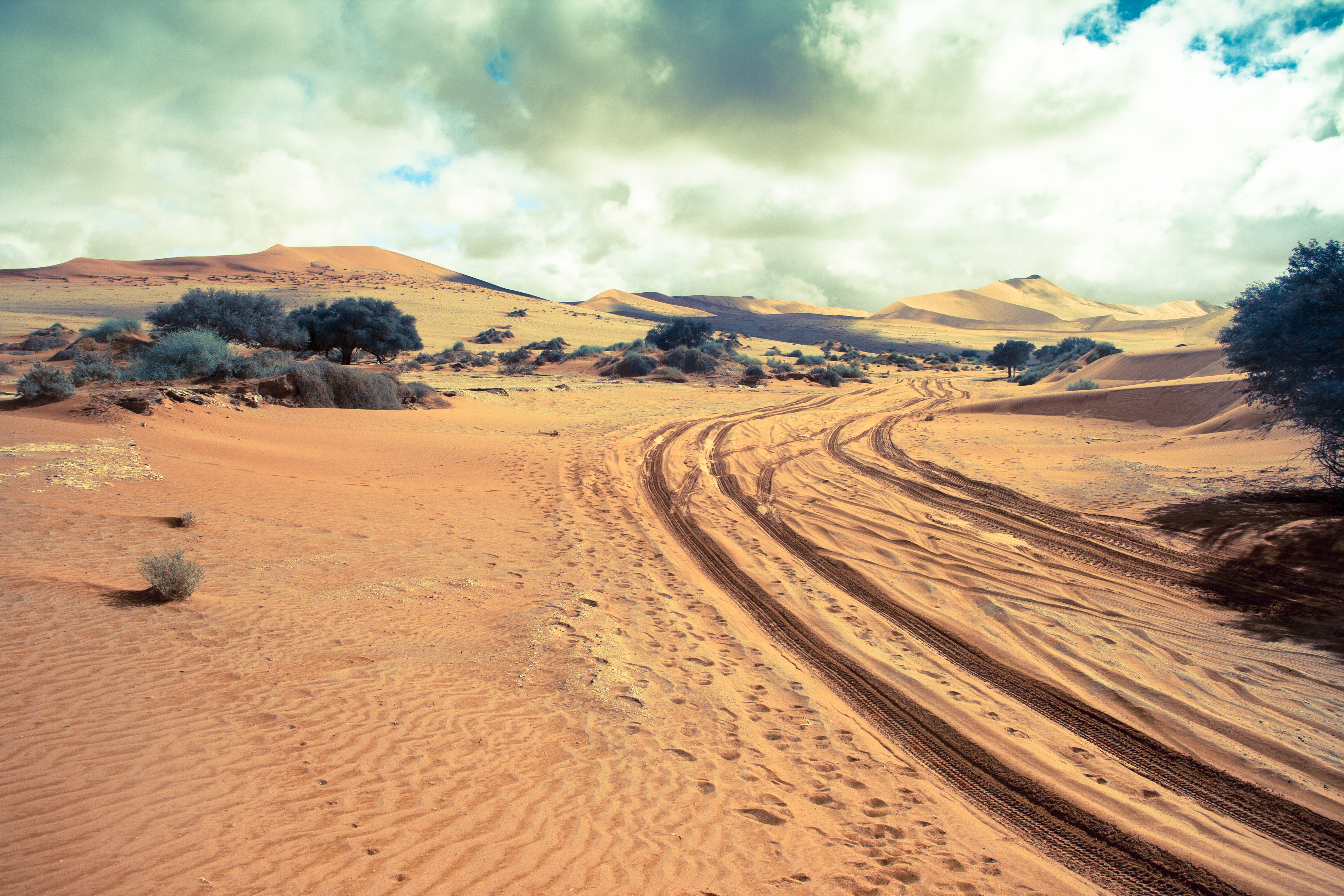
The following months will focus on processing the huge amount of data and samples, and a good deal of this work will involve the Grinder Lab (GIRI). That might deserve its own blog post though…






